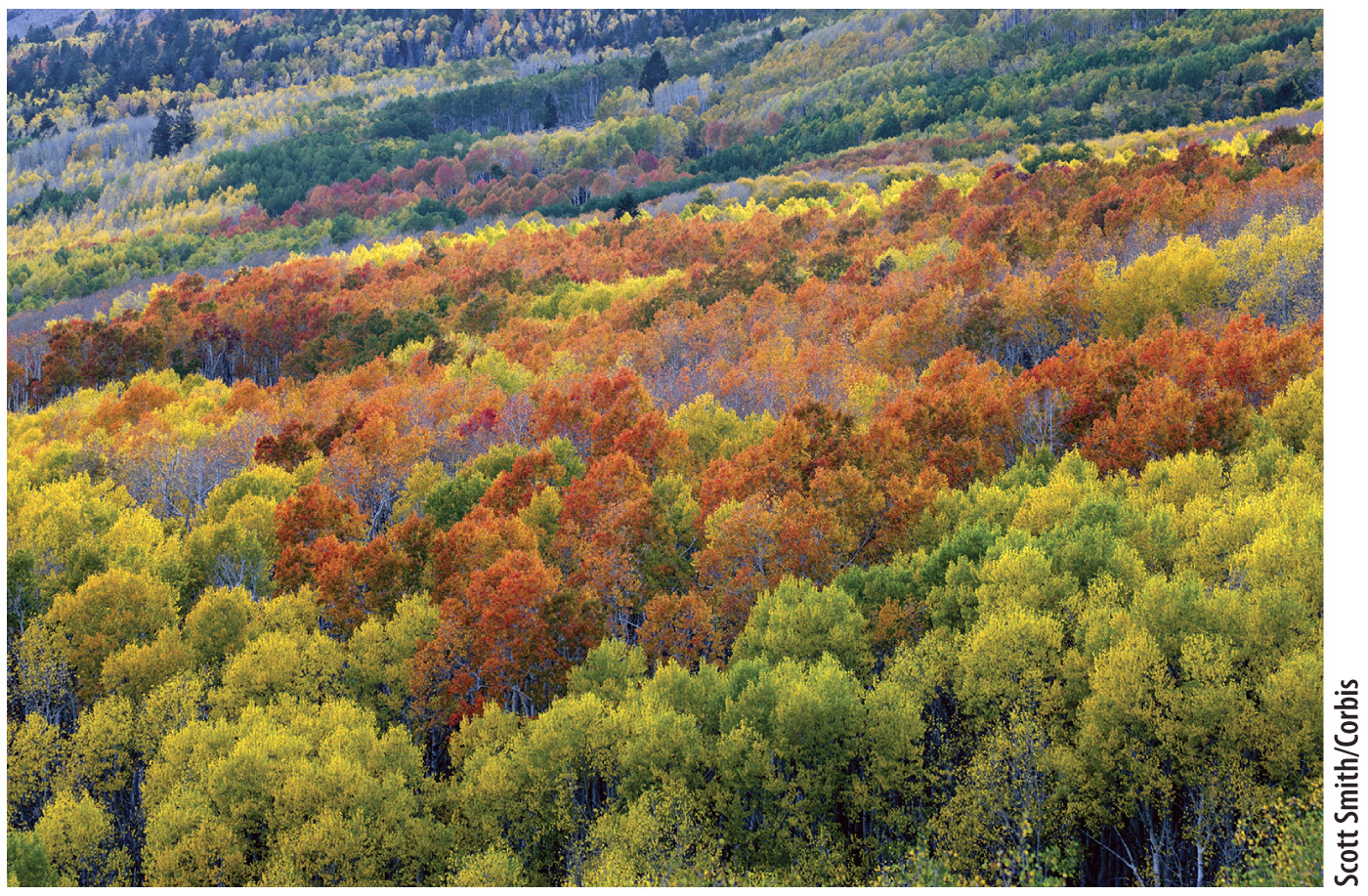Asexually produced plants disperse with and without seeds.
Some species of flowering plants are able to use seeds to disperse asexually formed individuals. In these species, seeds can develop even in the absence of fertilization, a process called apomixis. A variety of underlying mechanisms exists that can result in “seeds without sex” —for example, an embryo can form directly from a diploid sporophyte cell. Dandelions are an example of plant species that produce seeds in the absence of sex. Apomixis would be of tremendous utility in agriculture if it could be turned on or off at will. The reason for this is that, once a desirable variety was developed, additional seeds could be produced without introducing new genetic variation. This ability to breed true would be useful in self-
Most plants that reproduce asexually do so without producing seeds; instead, a new plant grows out of part of the parent plant. In these cases, dispersal of offspring occurs in different ways. In mosses and liverworts, for example, tiny plantlets form by mitosis at the base of shallow cups. Raindrops landing in this cup can dislodge the tiny plantlets, splashing some away from the parent plant.
However, most plants that reproduce asexually do so by growing to a new location and only then producing a new plant. You need look no further than a front lawn to find evidence of such vegetative reproduction. Grass forms horizontal stems underground from which new upright grass shoots are produced at a distance from the site where the parent plant originally germinated. Strawberries, bamboo, and spider plants (a common houseplant) also spread vegetatively by forming horizontal stems. In many cases, the connections that were needed initially to produce a new plant become severed. When this happens, genetic evidence is needed to determine if a plant is the result of sexual or asexual reproduction.
Vegetative reproduction also occurs in woody plants. For example, when a redwood tree falls over, new upright stems can form along the now-

Plants can reproduce vegetatively because of the way they build their bodies. As we will see in the next chapter, growth and development occur throughout a plant’s life, and this is the plant characteristic that allows plants to produce new upright “individuals” from roots or horizontal stems.